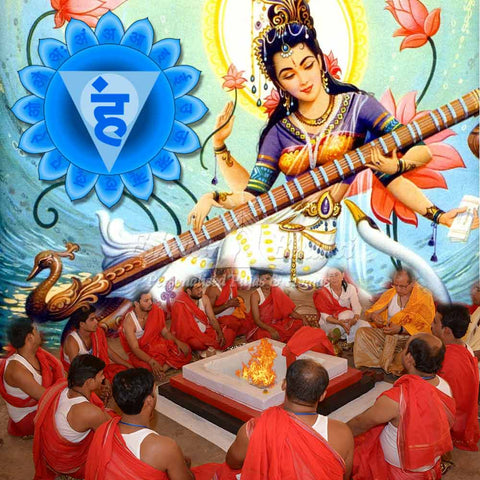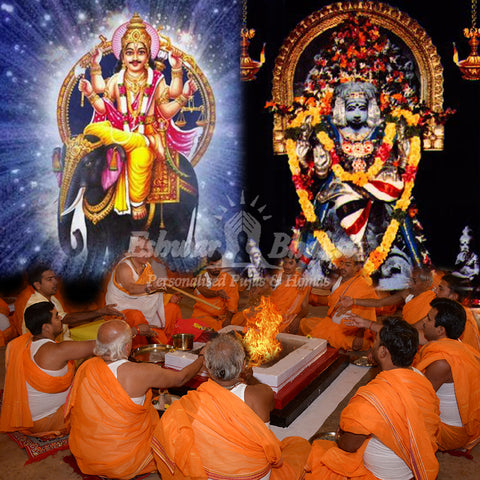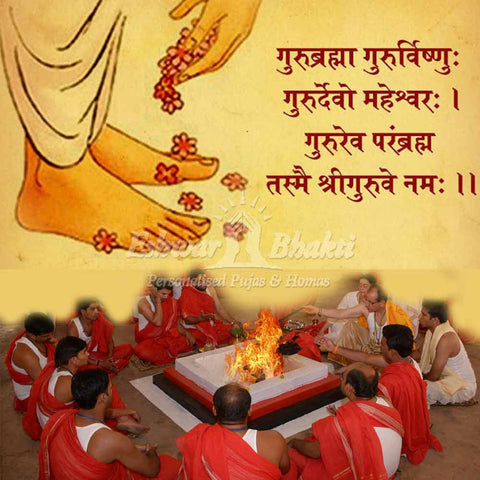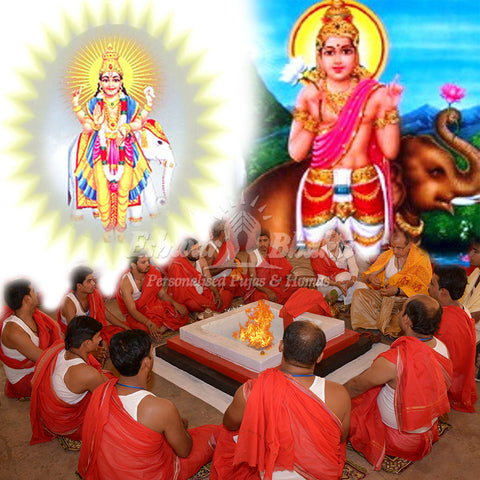Guru Purnima
 Guru Purnima is a celebration of the spiritual and academic Gurus or teachers. Guru is a Sanskrit word that refers to the remover of darkness or ignorance, and Purnima is a full moon day. People in India, Bhutan, and Nepal celebrate Guru Purnima. Hinduism, Buddhism, and Jainism give great prominence to Guru Purnima. On this auspicious occasion, disciples conduct pujas to attain the blessings of their Gurus. Here, in this article, we will look into the different stories, significance, and celebrations associated with Guru Purnima.
Guru Purnima is a celebration of the spiritual and academic Gurus or teachers. Guru is a Sanskrit word that refers to the remover of darkness or ignorance, and Purnima is a full moon day. People in India, Bhutan, and Nepal celebrate Guru Purnima. Hinduism, Buddhism, and Jainism give great prominence to Guru Purnima. On this auspicious occasion, disciples conduct pujas to attain the blessings of their Gurus. Here, in this article, we will look into the different stories, significance, and celebrations associated with Guru Purnima.
We celebrate Guru Purnima in the Hindu month of Ashadha, which is either in June or July. Guru Purnima is also commonly known as Vyasa Purnima. It is because it is on that day Veda Vyasa was born. As per Karma Yoga, Guru Purnima is a day of worshipping our Gurus for sharing their knowledge and wisdom by not considering the monetary benefits.
Stories associated with Guru Purnima: There are different stories associated with the celebration of Guru Purnima. As per the Yogic tradition, it was the day Lord Shiva became the first Guru. Around 15000 years back, a yogi came to the Himalayas with extraordinary abilities. He continued to stay there, and people came to visit him. When he opened his eyes, seven men asked him to teach them to experience what he was undergoing. However, the yogi did not reply, and he closed his eyes again. When he opened them 84 years later, the seven disciples were still there. Understanding their need for wisdom, on a full moon day, he became the first Guru. He imparted his knowledge to the seven men who became the Sapta Rishis. They traveled across the world to spread his wisdom or the seven aspects of Yoga. Each one of them explained one feature of Yoga. Based on the day when Lord Shiva ascended as the first Guru, we celebrate Guru Purnima.
Another story associated with Guru Purnima is that it was the day Krisha Dwaipayana Vyasa was born. His parents are Parashara and Satyavati. Vyasa, as a young man, collected the Vedas and divided its hymns into four parts. They became Rig Veda, Yajur Veda, Sama Veda, and Atharva Veda. He taught portions of the Vedas to his four main disciples. They are Paila, Jaimini, Sumantu, and Vaisampayana. We celebrate the birth of Vyasa based on the contributions he has made to the world as a teacher. In Buddhism and Jainism, we can find similar stories that we can associate with Guru Purnima. The primary focus of celebrating Guru Purnima is to worship and pay respect to our teachers.
How do we celebrate Guru Purnima?: There are different ways to celebrate Guru Purnima. On the day of Guru Purnima, you can hold on to a fast. Along with that, you can organize special pujas and rituals to receive blessings from your spiritual Gurus. You can also visit temples and offer your prayers to the divine entities. Several schools and colleges conduct programs to celebrate Guru Purnima and pay homage to the Gurus. We can organize Bhajans and also chant hymns on this auspicious occasion.
Significance of Guru Purnima: Guru Purnima is a festival of immense importance in Hinduism. On that day, the Guru principle is around 1000 times more than others. On the day of Guru Purnima, you can express the gratitude you possess to your teachers. We can see that Indian classical dancing and music classes continue to follow the Guru Shishya Parampara. This further increases the need for practicing Guru Purnima.
On the day of Guru Purnima, Adi Yogi imparted the knowledge that helped create a bridge between the creator and creations. The ultimate focus is on formulating scientific ways that can assist you in overcoming the various boundaries. We have been creating different physical and other barriers in our lives. Through Guru Purnima, we are trying to transcend beyond them and move towards an eternal realm. It was on the day of Guru Purnima, Adi Yogi shared the wisdom that made people realize that everything in life is temporal. Another significance of Guru Purnima is that it prioritizes our desire to evolve beyond our present dimension.
Guru Purnima is a day of gratitude. On this auspicious day, we can be thankful for the knowledge and wisdom shared by our Gurus. However, we cannot provide anything in return that equals what our Gurus have given us. The only way to enhance what we have attained or learned from our Gurus is to share the light of knowledge with others. It is always about passing on wisdom to others and keeping it alive. For Guru Purnima, we are not celebrating an individual teacher or Guru. Here, we are trying to pay our respects to all the spiritual and academic Gurus who have helped us grow.
Guru Purnima, thus, is a festival of immense importance in India and Hinduism. It plays a pivotal role in Buddhism and Jainism, as well. At Guru Purnima, we can focus on moving beyond the boundaries of our lives and liberating ourselves. Most importantly, we show our respect to our Gurus, who have removed darkness and ignorance from our lives.









Very good